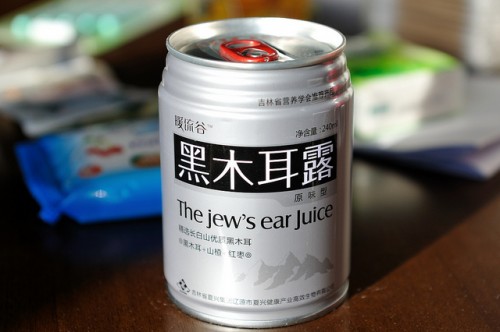You are using an out of date browser. It may not display this or other websites correctly.
You should upgrade or use an alternative browser.
You should upgrade or use an alternative browser.
the subject is missing. please enter a subject.
- Thread starter dead
- Start date

Help Support Loneliness, Depression & Relationship Forum:
This site may earn a commission from merchant affiliate
links, including eBay, Amazon, and others.
D
Drama
Guest
XD me too. Cows are easier to understand.
D
Drama
Guest
No, cats are just little evil things. They are sneaky.
Cows are naive
Cows are naive
D
Drama
Guest
well maybe except this cow of yours  feels like it will eat me haha
feels like it will eat me haha

$17.90
$18.95
You Will Get Through This: A Mental Health Tool Kit―Help for Depression, Anxiety, Grief, and More
Amazon.com
Garbageman
Well-known member
- Joined
- Apr 5, 2008
- Messages
- 51,375
- Reaction score
- 8,612
Is he trying to eat someone?

Grass jelly is made by boiling the aged and slightly oxidized stalks
and leaves of Mesona chinensis (member of the mint family) with
potassium carbonate for several hours with a little starch and
then cooling the liquid to a jelly-like consistency. ... The jelly
itself has a slight bitter taste, a light iodine and lavender flavor,
and is a translucent black.

Grass jelly is made by boiling the aged and slightly oxidized stalks
and leaves of Mesona chinensis (member of the mint family) with
potassium carbonate for several hours with a little starch and
then cooling the liquid to a jelly-like consistency. ... The jelly
itself has a slight bitter taste, a light iodine and lavender flavor,
and is a translucent black.
D
Drama
Guest
There is a rebellion among cows then!!!
lol @the grass jelly drink...
lol @the grass jelly drink...
Garbageman
Well-known member
Not sure. Cheers!


Scotsman
Well-known member
I'm not sure what this thread is but it contains ear juice. Sexy.
Garbageman
Well-known member
This is the largest ear juice producer in North America.


- Joined
- Apr 5, 2008
- Messages
- 51,375
- Reaction score
- 8,612
Scotsman said:I'm not sure what this thread is but it contains ear juice. Sexy.
It is the ear juice and critter while waiting for the king to return thread.
Now more ear juice.
Garbageman
Well-known member
Here is an Orange flavored variety.


Garbageman
Well-known member
- Joined
- Apr 5, 2008
- Messages
- 51,375
- Reaction score
- 8,612

A mistranslation of mediaeval Latin auricula Judae (“Judas's ear”), from its shape, and its occurrence on the tree on which Judas Iscariot was supposed to have hanged himself. A kind of edible fungus growing on tree-trunks, formerly used for medicinal purposes.
In the West, A. auricula-judae was used in folk medicine as recently as the 19th century for complaints including sore throats, sore eyes and jaundice, and as an astringent. Although it is not widely consumed in the West, it has long been popular in China, to the extent that Australia exported large volumes to China in the early twentieth century. Today, the fungus is a popular ingredient in many Chinese dishes, such as hot and sour soup, and also used in Chinese medicine. It is also used in Ghana, as a blood tonic. Modern research into possible medical applications have variously concluded that A. auricula-judae has antitumour, hypoglycemic, anticoagulant and cholesterol-lowering properties.
Garbageman
Well-known member
How about a little Bleeding Tooth for dessert?


Similar threads
- Replies
- 6
- Views
- 1K

























